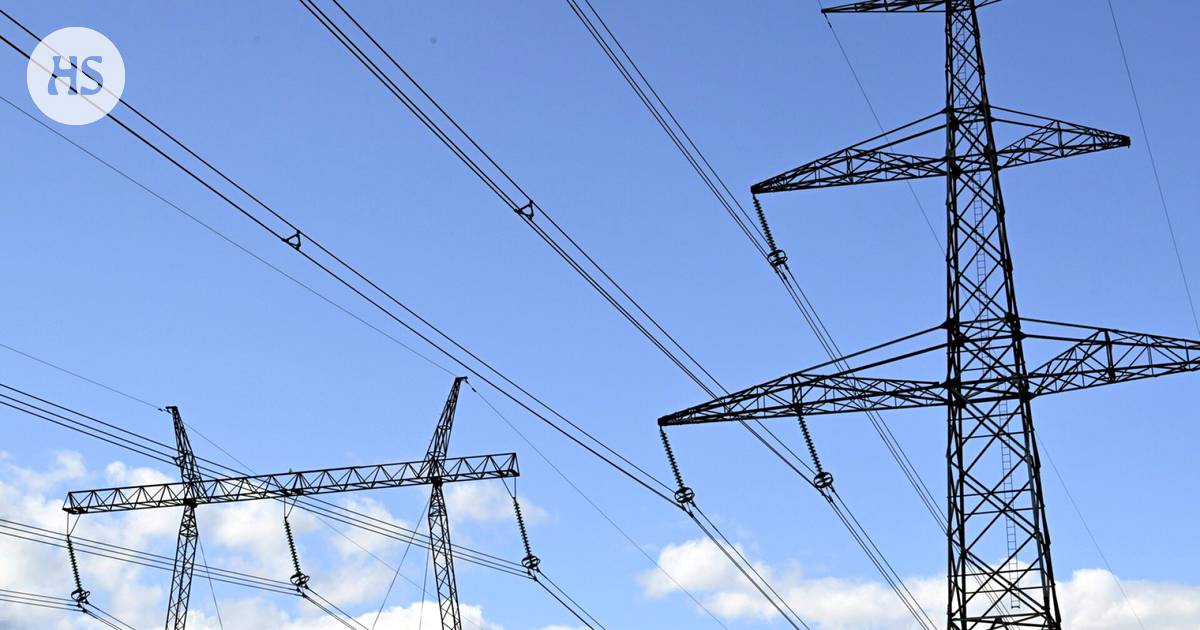Electric|The electricity transmission situation in neighboring countries may cause price fluctuations in the coming summer as well.
Present the week has been double for the consumer who signed a stock exchange electricity contract.
On Monday morning, the price of stock exchange electricity with value added tax jumped to almost 50 cents per kilowatt hour, while over the weekend, stock exchange electricity customers were able to enjoy mostly negative prices.
At the weekend, electricity is at its cheapest on Sunday afternoon, when the price drops to minus 1.51 cents per kilowatt hour.
The unequivocal reason for the weekend’s cheap electricity is that there is more supply than demand.
The first annual maintenance of the Olkiluoto nuclear power plant’s triple reactor was finally completed on Thursday, and the unit started producing electricity again. The annual maintenance dragged on several times and in the end lasted twice as long as intended.
In addition to the return of the triple reactor, hydropower and wind power have served as guarantors of affordable electricity over the weekend. CEO of Energiateollisuus ry Jukka Leskelän according to the hydropower practically produces at full or almost full, and wind power production even had to be limited a little on Saturday.
CEO of Energiateollisuus ry Jukka Leskelä
“There is a lot of cheap electricity available. Finland is on the export side,” Leskelä told STT on Saturday.
The background of minus-priced stock exchange electricity is also the warm weather and the weekend, when electricity consumption is lower than on weekdays.
”
Electricity is at its cheapest on Sunday afternoon.
On Monday affordable classes still seemed far away. The worst price spikes were in individual hours, but the average price of the day settled down to 15 cents per kilowatt hour.
According to Leskelä, on Monday several circumstances limited the supply of electricity and thus increased the price of electricity. First of all, wind power production was practically frozen for some hours, i.e. it did not produce any electricity at all. In addition, Olkiluoto’s units were on maintenance break.
“Olkiluoto 3 was down, and the number one unit had also just been put on a maintenance break. It reduced the supply of electricity,” Leskelä explained.
On top of all this, the border lines running between Finland and neighboring countries had restrictions on imports “from all directions”. Maintenance work was carried out on the Swedish electricity grid, due to which electricity transmission had to be limited.
Jobs and restrictions on electricity transmission will continue in the summer. Leskelä says that the Estlink 2 electricity transmission connection between Finland and Estonia will also be out of service all summer due to a fault on the Estonian side.
For these reasons, also in Finland, according to Leskelä, there may be situations in the summer when the price of electricity on the exchange jumps high. This can happen, for example, in calm weather or if a nuclear power plant unit is out of the game.
“The city’s thermal power plants are shut down when the heating season is over,” said Leskelä.
“In that case, we don’t really have production that can start up quickly, which would be able to produce electricity in individual hours of high prices.”
